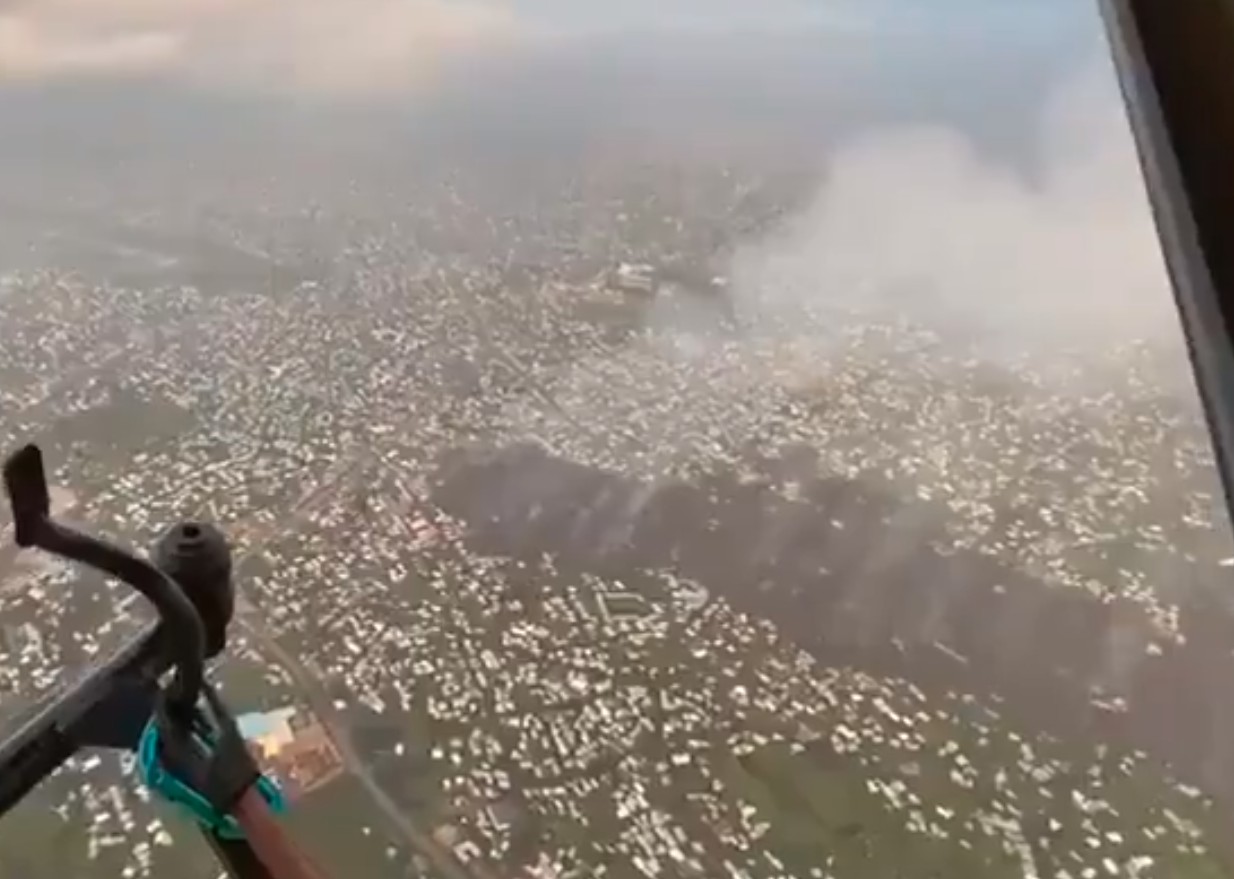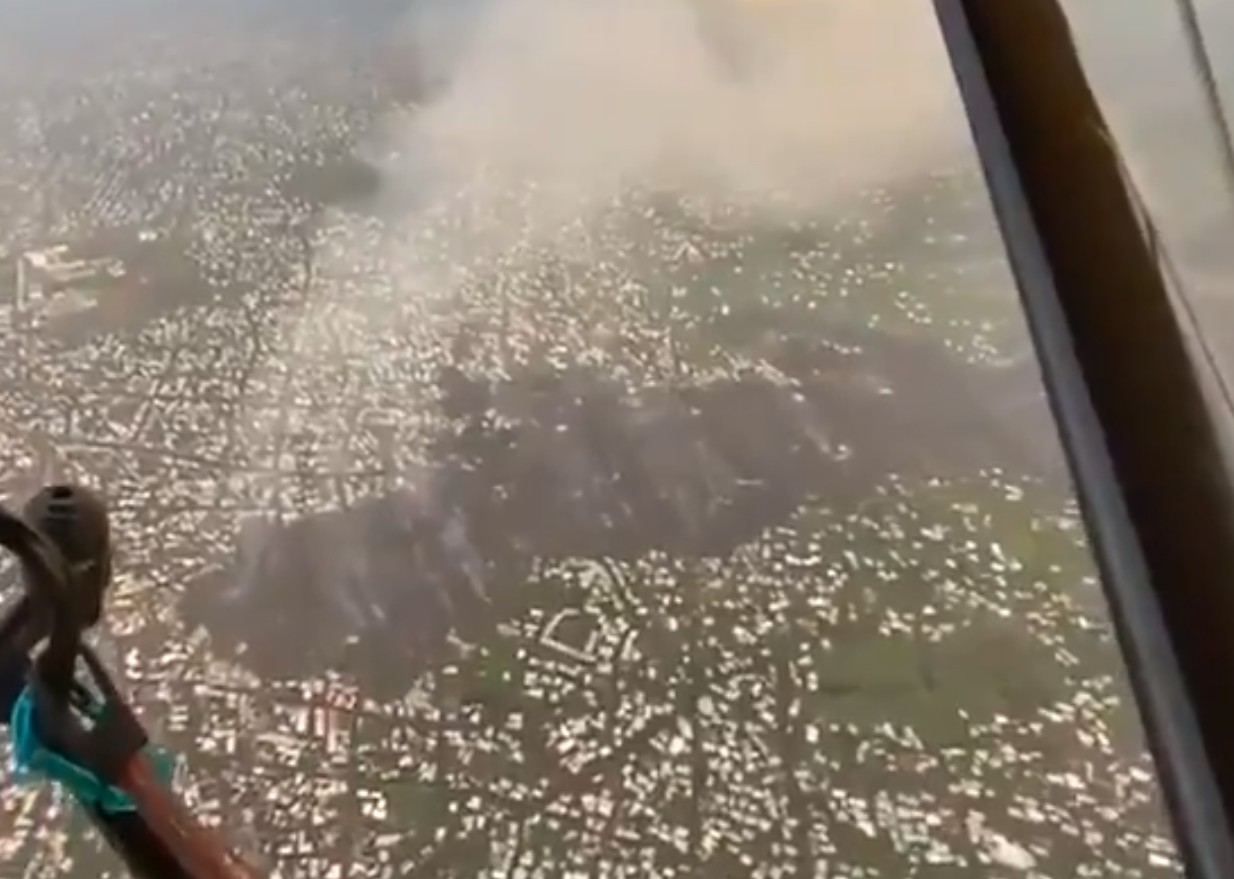Red glow appears at the top of Nyiragongo volcano after a rapid magmatic supply, DR Congo
A red glow appeared at the top of Nyiragongo volcano in the Democratic Republic of Congo on October 11, 2022, after a rapid magmatic supply to its crater. The Alert Level remains at Yellow.
There was a very rapid magmatic supply in the crater of the Nyiragongo volcano, testified by rumblings felt by the population, followed by the appearance of a glow at the top of the volcano, the Goma Volcanological Observatory (OVG) reported on October 11.1
The presence of glow at the summit testifies that the energy escapes through the Central crater, reducing the pressure on the flanks.
OVG said their teams will be deployed to the ground to measure the temperature, concentration of gas, and crack movements.
The Alert Level remains at Yellow.
A major eruption took place at Nyiragongo on May 22, 2021, producing high lava fountains and lava flows that forced thousands of nearby residents to evacuate in panic. Ash rose up to 13.7 km (45 000 miles) above sea level.2
About 1 000 homes and other structures were destroyed by lava while at least 32 people died – mostly in car crashes during evacuation.
The eruption was similar to the one in 2002, which caused the death of 250 people.




Geological summary
One of Africa’s most notable volcanoes, Nyiragongo contained a lava lake in its deep summit crater that was active for half a century before draining catastrophically through its outer flanks in 1977.
In contrast to the low profile of its neighboring shield volcano, Nyamuragira, 3 470 m (11 384 feet) high Nyiragongo displays the steep slopes of a stratovolcano.
Benches in the steep-walled, 1.2 km (1.9 miles) wide summit crater mark levels of former lava lakes, which have been observed since the late-19th century.
Two older stratovolcanoes, Baruta and Shaheru, are partially overlapped by Nyiragongo on the north and south.
About 100 parasitic cones are located primarily along radial fissures south of Shaheru, east of the summit, and along a NE-SW zone extending as far as Lake Kivu.
Many cones are buried by voluminous lava flows that extend long distances down the flanks, which is characterized by the eruption of foiditic rocks.
The extremely fluid 1977 lava flows caused many fatalities, as did lava flows that inundated portions of the major city of Goma in January 2002.3
References:
1 Nyiragongo volcano activity update – Goma Volcanological Observatory – October 11, 2022
2 Nyiragongo lava flow engulfs hundreds of homes, ash rising up to 13.7 km (45 000 feet) a.s.l., DR Congo – The Watchers – May 23, 2021
3 Nyiragongo – Geological summary – GVP
Featured image credit: MNKF | CREATIVES



Commenting rules and guidelines
We value the thoughts and opinions of our readers and welcome healthy discussions on our website. In order to maintain a respectful and positive community, we ask that all commenters follow these rules.